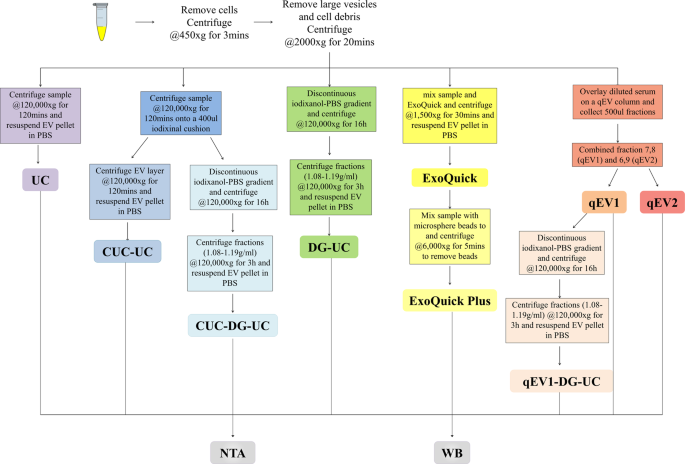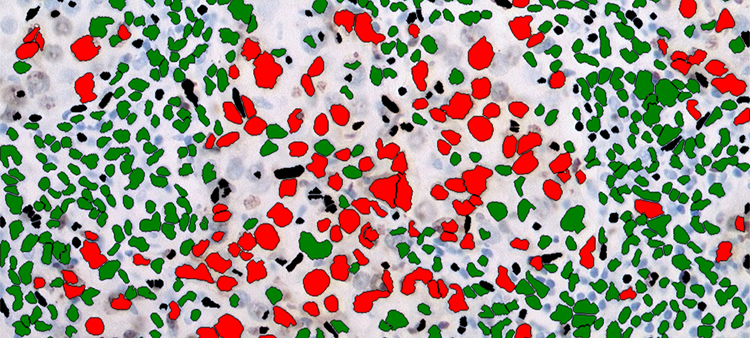


Ĭurrent traditional chemotherapy for lung cancer is not curative and provides limited benefits, with an average survival of less than 1 year. This disease has a poor prognosis due to late diagnosis, resistance to chemotherapy and complications in advanced stages including high rates of metastasis, with an overall 5-year survival rate from 10 to 15%. Adenocarcinoma, squamous cell carcinoma and large cell carcinoma constitute the subtypes of NSCLC. NSCLC is the most common type, accounting for approximately 85% of all lung cancers. These malignant tumors have two main clinical types: small cell lung cancer (SCLC) and non-small cell lung cancer (NSCLC). Lung cancer is the leading cause of cancer mortality worldwide. ConclusionsĬisplatin alone induced the highest levels of ICD-associated DAMPs, so that its combination with immunotherapy may be a promising therapeutic strategy in NSCLC.

Cisplatin-treated cells showed the highest IndImmunog, while etoposide was the less immunogenic and the more pro-autophagic treatment. We also purpose a mathematical integration of ICD-associated DAMPs in an index (IndImunnog) that may represent with greater biological relevance this process. In an integrative analysis we found a strong positive correlation between DAMPs and apoptosis, and a negative correlation between cell number and ICD-associated DAMPs as well as between autophagy and apoptosis markers. High levels of CRT were associated with better prognosis in TCGA databank. Etoposide induced the lower levels of ICD and the highest levels of autophagy, suggesting that the cytoprotective role of autophagy is dominant in relation to its pro-ICD role. Cisplatin also induced the highest levels of ICD-associated DAMPs, which was not incremented by co-treatments. ResultsĬisplatin and its combination with etoposide induced the highest levels of apoptosis, while etoposide was the less pro-apoptotic treatment. We assessed ICD-associated DAMPs, cell viability, apoptosis and autophagy in an integrated way. A549 human lung adenocarcinoma cells were treated with clinically relevant doses of cisplatin, carboplatin, etoposide, paclitaxel and gemcitabine. Here, we investigated the levels of ICD-associated DAMPs induced by chemotherapeutics commonly used in the clinical practice of non-small cell lung cancer (NSCLC) and the association of these DAMPs with apoptosis and autophagy. Chemotherapeutics can stimulate immune antitumor response by inducing immunogenic cell death (ICD), which is activated by Damage-Associated Molecular Patterns (DAMPs) like the exposure of calreticulin (CRT) on the cell surface, the release of ATP and the secretion of High Mobility Group Box 1 (HMGB1).


 0 kommentar(er)
0 kommentar(er)
